One thing this Rituals project has taught me is that a cocktail’s name is actually important. Previously, it didn’t matter much whether the drink was called an Attaboy or a You’re Gonna Get It or a Ronda Rousey (all fictional, by the way). The ingredients were there to speak for themselves, right? Who cared what arbitrary name was slapped on to it?
But I have come to change my mind on this issue. A cocktail’s name is a window into the mind of the person who created that drink. We can tell a judge a book by its cover, actually, and I posit that there is a relationship between the quality of the cocktail’s name and the quality of the cocktail itself. It may seem too difficult to prove conclusively at this point, but I will think of you all when I am receiving my Nobel Prize.
The Chicago Sky is a worse name than the New Orleans Pelicans. I should not have to explain why. The New England Tea Men of the old NASL is a great franchise name. The Toronto Blizzard is not. And it’s not just that I’m against non-countable nouns as team names, which I definitely am. I just think if the owners were the people responsible for creating those team names and they all came together for a Battle of the Network Stars- or Superstars-style Olympics of artistic and creative challenges, you’d see an immediate separation in talent between the lunkheads and the visionaries. That’s all.
First up this week is the ALFONSO SPECIAL, which, at least for me has some good things going for it in the naming department. Brian may disagree—he has written about cocktail naming before—but I think it the Alfonso Special gets points for having an interesting person or place featured in the name and I like the traditional nature of the “special”, which of course makes one wonder if there is an Alfonso or an Alfonso Normal (there is, but it’s made with Dubonnet and Champagne!). Now the real person/place thing can also work against a cocktail, as you will see with the dumb-as-a-bag-of-hammers Allen cocktail coming up in a couple weeks. The Allen grates. But the Alfonso Special, that, well, that could be something!
Eric: Who is Alfonso? And what’s so special about him?
Brian: I think this had to do with some kind of royalty. Alfonso the 2nd or 8th or some dude who liked Grand Marnier a lot. But their telling of the history was a little weird to me.
Eric: Who’s telling? Wait, was this from the Grand Marnier website?
Brian: Yes.
Eric: (hangs head) No wonder it was a royal account. We should do a search for the REAL Alfonso. That could be some Pulitzer-winning cocktail journalism.
Brian: …
ALFONSO SPECIAL
.75 oz. dry gin (Blackwoods)
1.5 oz. Grand Marnier
A few drops sweet vermouth and dry vermouth (Carpano Antica, Dolin)
A few dashes of Angostura bitters
Combine with ice; shake. Strain and add ice.
Brian: That’s a LOT of Grand Marnier. I do pick up the gin; I don’t know the reason for the vermouth. I don’t find it bad though, for some reason. But when I taste it, my brain says, “You shouldn’t like this.”
Eric: It tastes like a soup of booze. A booze soup.
Brian: Why am I adding ice to a coupe glass?
Eric I’m giving it a 4. This is a murky swamp of booze. To me it tastes like Grand Marnier with some stuff. But, as always, if I were presented this at a bar and told, “This is our market cocktail”—
Brian: I’m telling you, this with a big ice cube. You could totally sell that. Put a little twist of orange in there or something. Just to jazz it up a little.
Eric: I like the big ice cube in a coupe glass. Actually, I’m both attracted to and repelled by it. I like the idea of the ice cube but it actually makes the drink worse. I don’t think you need the ice cube, but I appreciate its iconoclastic nature—it’s really breaking the rules. I’m going to give it a 5 because of the adventurous nature of the ice cube.
Brian: I’m giving it a 6.
Eric: Wow, that’s bold.
Brian: It is bold. It is a bold move on my part.
Eric: But these are bold times. You know, if we ever hope to get through this book we should be doing 5 or 6 cocktails per session.
Brian: Oh, God.
SCORES: Brian 6, Eric 5.
Finally, it is time to consider the ALGONQUIN, named after the Manhattan hotel that hosted the celebrated gang of literary drinkers Dorothy Parker, Robert Benchley, Harold Ross, Edna Ferber, Harpo Marx, Heywood Broun, and others, for most of the Roaring 20s. The Algonquin Round Table is the subject of the underappreciated 1994 Alan Rudolph art film, Mrs. Parker and the Vicious Circle, which stars Jennifer Jason Leigh as Dorothy Parker, Campbell Scott as Robert Benchley, and a lurking, out-of-his-element Ferris Bueller as the cad Charles MacArthur. This movie is about the relationship between literature and drinking and love and humor and meanness, all good topics to cover (especially at the end of a particularly grueling Rituals session).
“I like to have a martini,
Two at the very most.
After three I’m under the table,
After four I’m under my host.”
This is Dorothy Parker’s most famous bon mot, or at least it’s the one that survives most vigorously today. The Algonquin Round Table was a hard-drinking group of folks, however, and I know their tastes skewed toward the martini. So how authentic is the Algonquin cocktail? We do know the hotel still makes it today, but the question remains: Is there any connection between the Algonquin cocktail and the Algonquin Round Table, because I’m pretty sure anybody who consumed a drink with this much pineapple juice would have been crucified by that group!
Still, a drink that combines rye whiskey, dry vermouth, and pineapple juice sounds weird enough to be interesting, if it works, even if it’s not a literary cocktail necessarily. So we are still excited, at least for now.
ALGONQUIN
2 oz. rye (Old Overholt)
1 oz. dry vermouth (Dolin)
1 oz. pineapple juice
Combine with ice; shake. Strain and add ice.
Eric: I hate this.
Brian: I’d rather have an Alfonso. I get total pineapple and total dry vermouth instantly.
Eric: Today is a day of pineapple. Pineapple and brown spirits.
Brian: There are two full ounces of rye whiskey in this drink and I can’t even taste them.
Eric: What a disappointment. I need an explanation. (reads from his phone) “Named for a historic hotel in midtown Manhattan, this vintage sipper combines rye whiskey, vermouth, and pineapple.” From the Ted Haigh book [Vintage Spirits and Forgotten Cocktails], by the way.
Brian: I still don’t like it.
Eric: “There are a couple of versions of the Algonquin Cocktail floating around but this is the one that the Algonquin Hotel serves today. This version uses rye whiskey, but it also includes a healthy slug of pineapple juice, which lightens up the drink and makes it perfect for spring and summer as well.”
Brian: Perfect for what?
Eric: “This is a smooth cocktail with a tang. And not too much sweetness. Excellent to whet your appetite before dinner.” Wait, another version takes blackberry brandy, Benedictine, and lime juice. And rum! It’s blackberry brandy time!
Brian: That’s very interesting. I still don’t get it.
Eric: We should be ruthless. This is terrible.
SCORES: Brian 1.5, Eric gives it a 2 for the historical context
Sometimes in life it’s best to just stop, which is what I will do now. Sometimes in life it’s best to talk your problems out—like in therapy—and sometimes it’s best to just keep it all in. And sometimes its best to go to bed instead of watching highlights on ESPN or reading through your backlog of magazines. Sometimes it’s just best to cut your losses. See you in the morning.
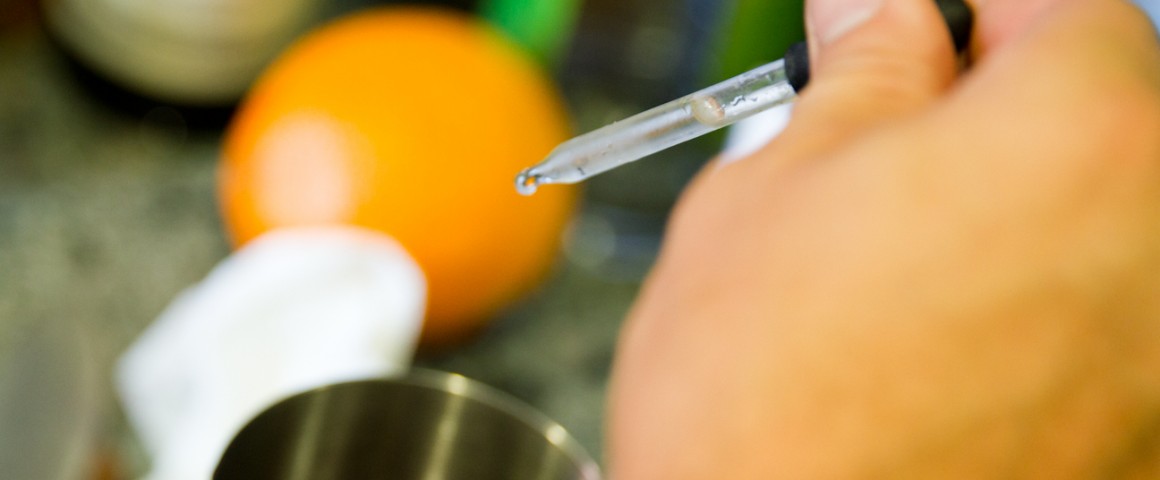
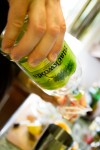
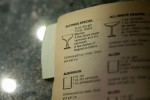
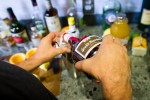
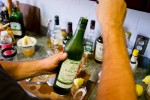

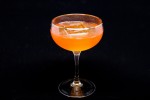
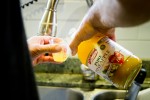
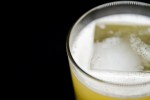
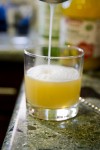
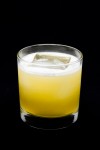
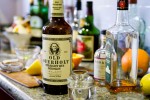

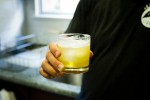
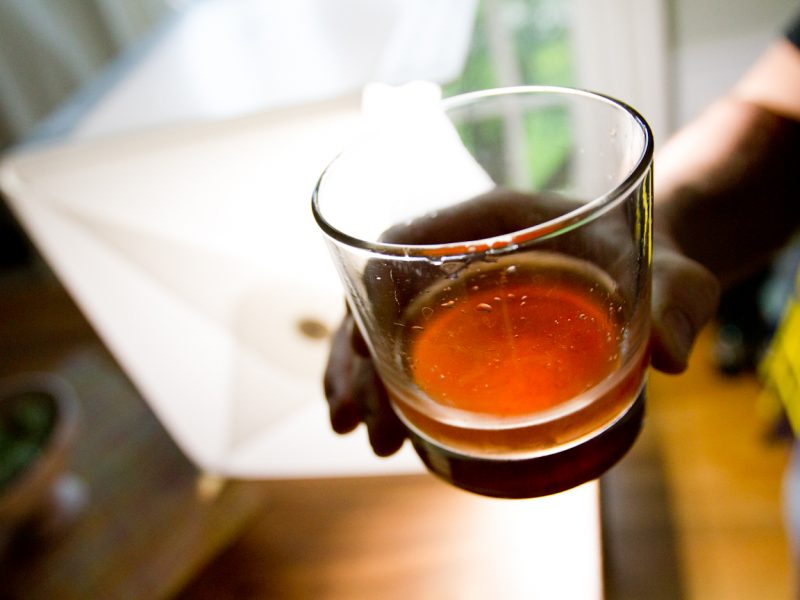
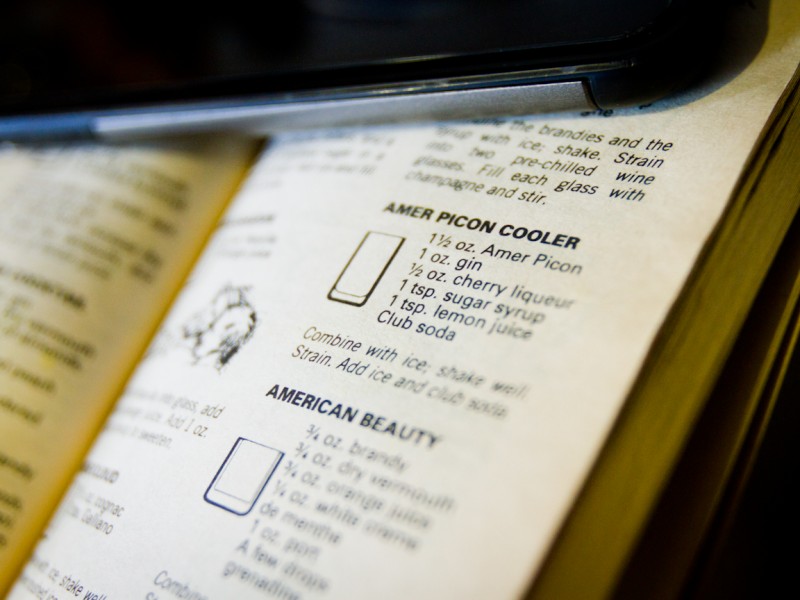
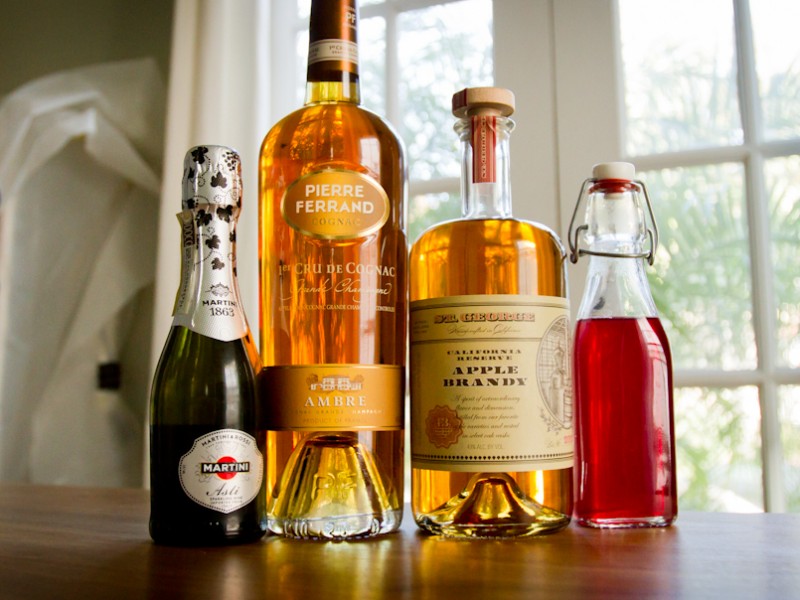
'Alfonso Goes to the Algonquin' has no comments
Be the first to comment this post!